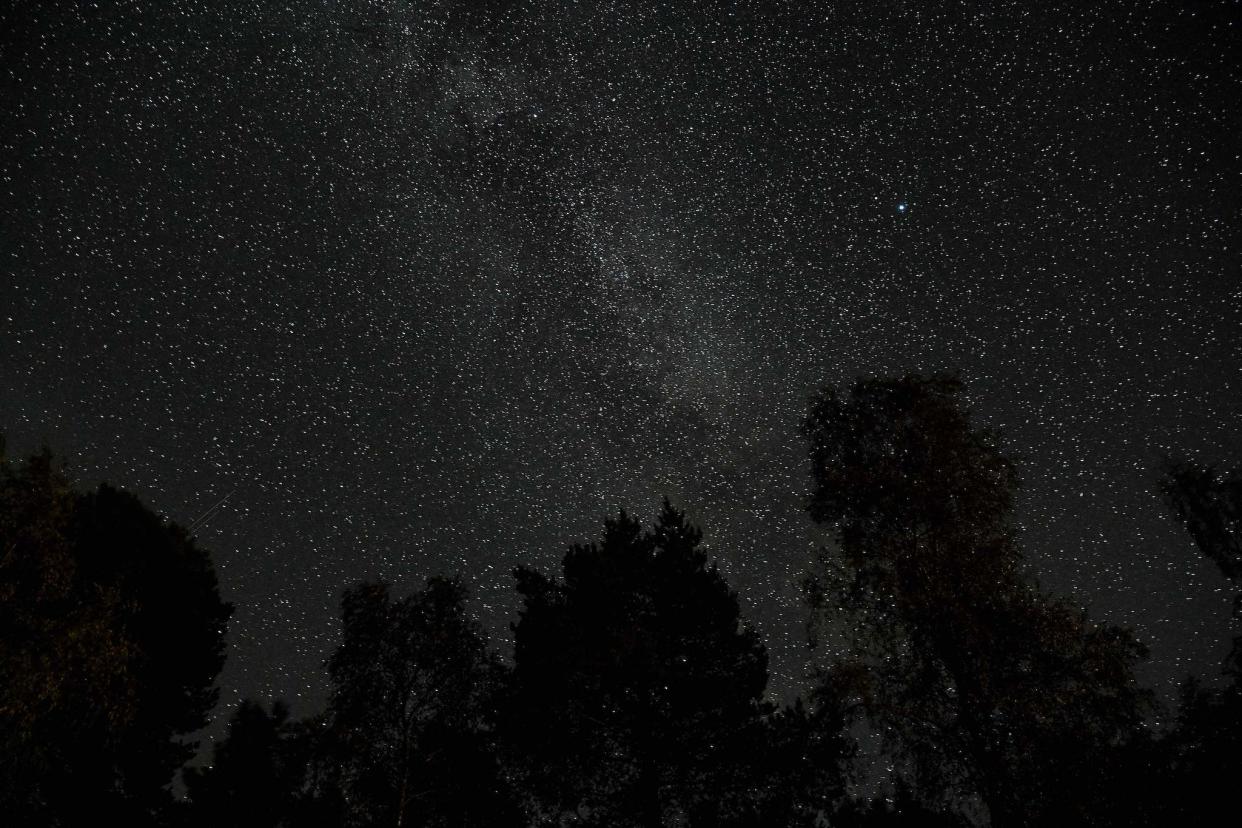Vast 'halo' of dark matter found around galaxy

A dwarf galaxy near the Milky Way has a vast halo of dark matter surrounding it, far bigger than scientists had previously thought.
The ring circling Tuscana II is as much as five times more massive than scientists had estimated, they say, and so changes our understanding of the structure of the dwarf galaxy.
But just as importantly it could re-write the story of the very first galaxies in the universe, too, since it suggests that they were spread out far further and more massive than we had realised.
Around the edges of the Milky Way are dozens of dwarf galaxies, thought to be left behind from the very first galaxie to form. Among the earliest of them is the galaxy known as Tucana II – which is ultra faint and sits about 163,000 light years from Earth.
The new research shows that there are stars at the edge of Tucana II. They are a long way from its centre but still seemingly caught in its gravitational pull, suggesting that there is some matter there, undetected but exerting force on the stars themselves.
"Tucana II has a lot more mass than we thought, in order to bound these stars that are so far away," said MIT graduate student Anirudh Chiti. "This means that other relic first galaxies probably have these kinds of extended halos too."
What’s more, the stars on the edge are more primitive than those at its core. That imbalance suggests that it might actually have been the result of two infant galaxies colliding with each other, which would mark another first in the research.
"We may be seeing the first signature of galactic cannibalism," said Anna Frebel, the Silverman Family Career Development Associate Professor of Physics at MIT. "One galaxy may have eaten one of its slightly smaller, more primitive neighbors, that then spilled all its stars into the outskirts."
One day, Tucana II will be subject to yet another violent merger – our own Milky Way.
"Tucana II will eventually be eaten by the Milky Way, no mercy," said Frebel. "And it turns out this ancient galaxy may have its own cannibalistic history."
An article describing the findings, ‘An extended halo around an ancient dwarf galaxy’, is published in Nature Astronomy.
Researchers hope that the discovery will be followed by yet more searches of other dwarf galaxies and relics from the early universe, with the hope of establishing that they too host stars at much longer distances than previously thought.
Read More
Scientists want to build a billion tiny pendulums to find dark matter

